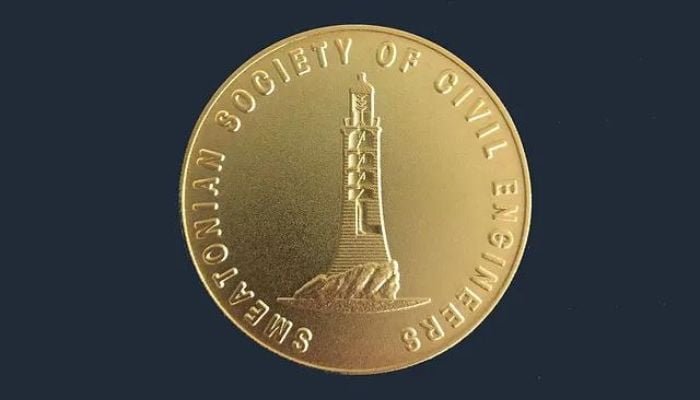The oldest engineering society in the world is the Smeatonian Society of Civil Engineers(Official Website). John Smeaton, who is regarded as the pioneer of civil engineering, founded it in London in 1771. Society’s goals are to enhance civil engineering and to act as a venue for discussion and information sharing among civil engineers.
This Society has an illustrious and lengthy past. Its members have made significant contributions to the growth of civil engineering, including the building of canals, bridges, and railroads. The tradition of public service in the society is also very strong. Its members have contributed to numerous initiatives to better people’s lives all around the world, such as providing access to clean water, sanitary conditions, and education.
This Society is an organization that serves no profit. Dues from members and donations support it. London serves as the society’s administrative center. Additionally, it has numerous regional branches all around the world.
Members of the Smeatonian Society receive a number of advantages, such as:
- access to a library of technical publications and books
- opportunity for networking with other civil engineers
- Programs for continuing education
- Financial support for projects involving research and development
You might wish to think about becoming a member of the Smeatonian Society if you are a civil engineer. It is a fantastic way to get to know other civil engineers, discover cutting-edge technology, and support the industry.
The Smeatonian Society’s past
John Smeaton, who is regarded as the pioneer of civil engineering, established the Smeatonian Society in London in 1771. The Eddystone Lighthouse is where Scottish engineer Smeaton is best renowned for his work. He was also a Fellow of the Royal Society of Edinburgh and a member of the Royal Society.
In order to enhance civil engineering and to give civil engineers a place to discuss and share information, the Smeatonian Society was established. On January 1st, 1772, the society’s first gathering was held at London’s Thatched House Tavern. John Smeaton served as the organization’s first president.
The Smeatonian Society has an illustrious and lengthy past. Its members have made significant contributions to the growth of civil engineering, including the building of canals, bridges, and railroads. The tradition of public service in the society is also very strong. Its members have contributed to numerous initiatives to better people’s lives all around the world, such as providing access to clean water, sanitary conditions, and education.
Read More: Top 13 Websites that Civil Engineers Need in 2023 to be Professional
Having a Smeatonian Society membership
Civil engineers with a bachelor’s degree in civil engineering or a closely related discipline are eligible to join the Smeatonian Society. Additionally, candidates must have at least five years of civil engineering experience.
Members of the Smeatonian Society receive a number of advantages, such as:
- access to a library of technical publications and books
- opportunity for networking with other civil engineers
- Programmes for continuing education
- Financial support for projects involving research and development
Conclusion
A famous group with a long and illustrious history is the Smeatonian Society of Civil Engineers. Its members have had a great influence on the world and contributed significantly to the advancement of civil engineering. You might wish to think about becoming a member of the Smeatonian Society if you are a civil engineer. It is a fantastic way to get to know other civil engineers, discover cutting-edge technology, and support the industry.
Some noteworthy Smeatonian Society members include the following:
- The creator, John Smeaton
- William Telford
- Theodore Brindley
- Stephenson, Robert
- Kingdom, Isambard Brunel
- John Roebling
- Goethals, George Washington
- MacDonald, Thomas H.
- Moses, Robert
- Arup, Ove
- Eisenhower, David
The Smeatonian Society is still a prominent proponent of civil engineering. It is dedicated to fostering the development of the industry and offering a platform for knowledge sharing among civil engineers.

